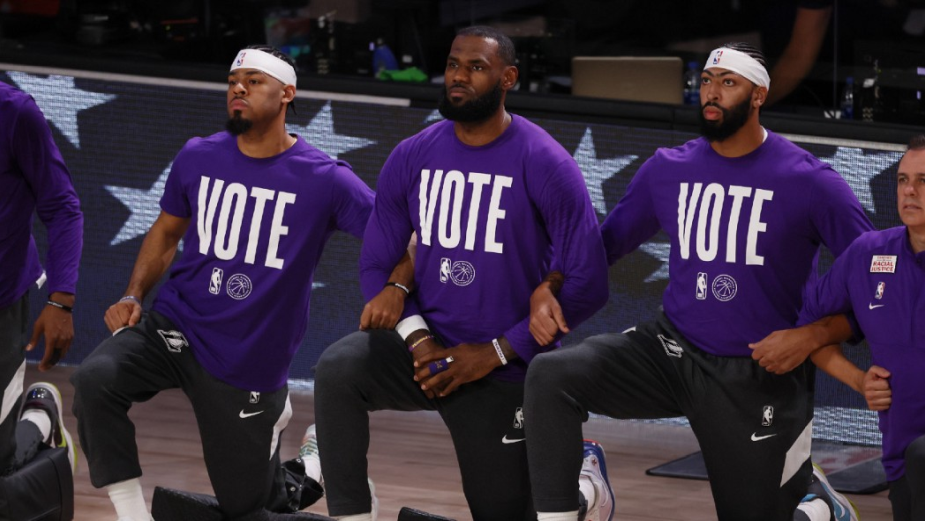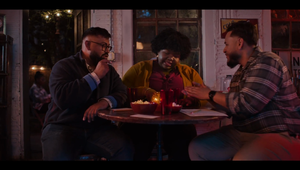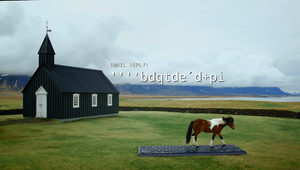
How Do You Deliver Hope in a Hopeless Time?

How do you deliver hope to people when they feel powerless? One of the biggest challenges in this election cycle has been how to inspire and connect young people — especially young people of color — to a system that feels like it is built to fail them.
There is no magic bullet. We can’t pretend there is, and young people don’t want to be gaslit. They know the stakes. They hear the voices from all sides telling them how to act, how important it is to vote, who to support. But in the midst of a pandemic that has taken nearly a quarter-million lives — disproportionately people of color — led to record unemployment and jump-started an eviction and foreclosure crisis, it’s hard to see how we can have any control. Agency more easily concedes to cynicism.
Together, through our poll worker recruitment campaign, More Than a Vote and the NAACP Legal Defense Fund successfully inspired young people to engage in a process that can feel hopeless. With a direct appeal to today’s youth, we recruited over 40,000 people to serve as poll workers in voting precincts across the country for the 2020 general election.
The nation’s annual struggle to recruit poll workers became an emergency this summer as COVID-19 forced poll workers — the majority of whom are over 65 years old — to choose between risking their health or staying home. Many chose the least risky path. As a result, polling places during state primaries were forced to close, leading to long lines at the few that remained open. The problem was particularly dire in poor and minority districts that already contend with inadequate voting infrastructure in a normal election year. In developing strategies to encourage young people to fill the void left by the older generation of poll workers, we made a few key decisions:
- Give a tangible action. Beyond platitudes, we gave a tangible way for young people to fight the forces trying to suppress their voice. When the social media narrative from pundits and armchair activists echoes the same calls to action, we gave young people a new way to do more than the status quo.
- Inspire agency, don’t shame complacency. Few people feel motivated by shame. Instead, we leaned into control and agency. Volunteering as a poll worker is a way to be active, to fight against suppression, and protect your community’s rights. Instead of loading up on blame, we showed young people the ways they can control their future.
- Match the timeless with the timely. We knit together the past and the present to give this moment context. Matching historical footage of the civil rights movement, with today’s protests and footage of poll workers, we hinted at the generational passing of the torch. This is young people’s opportunity to build momentum, nodding to the long line of activists before them and building on their foundation.
- Use the power of icons and celebrities. Using professional athletes to drive this politically geeky call to action was no doubt powerful. But more powerful was the enthusiasm athletes brought to normalize this behavior. NBA players like Lebron James started this movement and their commitment to take the system into their own hands comes through. When the passion is there, it passes the authenticity test for young people — this isn’t just the powers that be, we’re in it together.
Using this structure, we had to quickly convince those alienated from the system to volunteer for 14–16 hour days in a position many had likely never thought about — one that requires long prep time and training.
Beyond these lessons, though, is a deeper guiding belief: that giving people hope for better, even in the face of little evidence, is powerfully motivating. For young people, the system’s failings give little reason for optimism — there is no overwhelmingly rational explanation to prove that this time will be different. Yet hope still inspires people to act, as Dr. Cornel West explains:
“Hope is something else, you see, because hope is not spectatorial. It’s participatory. You’re already in the mess. You’re in the funk. What are you going to do?… Hope is about everybody trying to contribute to the push, the motion, the momentum, the movement for something bigger than them that’s better.”
Going beyond the evidence to participate anyway. To feel a part of a bigger movement, to feel ownership in our democracy — inspiring even the most disenfranchised to work against the odds. In times when it is hard to be optimistic about anything, hope is our most powerful tool for action.
Addisu Demissie is executive director of More Than a Vote and Co-founder of 50+1 Strategies. Rob Shepardson is co-founder of SS+K, part of M&C Saatchi.













